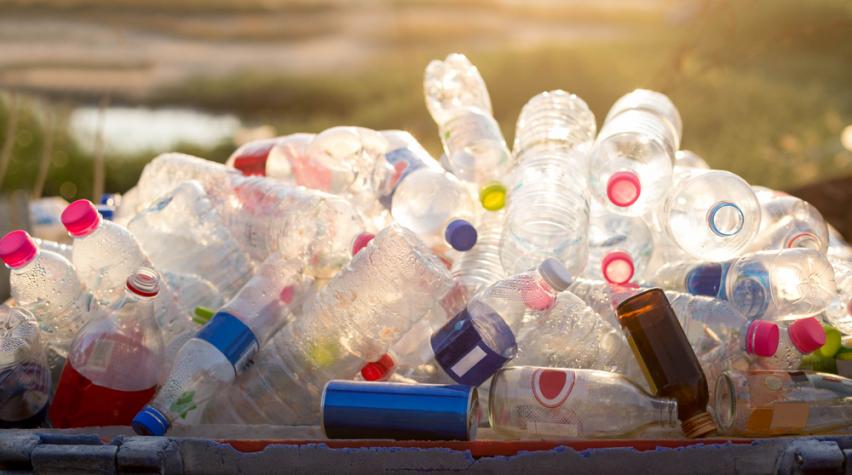
In an attempt to find alternatives to conventional recycling, researchers at the Technical University of Munich took inspiration from nature to create a self-disposing supramolecular material with a tunable lifetime.
Nature’s recycling
Recycling today means breaking down chemically stable substances into their components, but the process requires considerable energy. Nature, however, is full of biological cells that continually synthesize new molecules from recycled ones. The researchers focused specifically on supramolecular assemblies that form a cell’s structural components and sought to recreate similar substances in the lab that would dispose of themselves at a set time.
Recreating the process in the lab
Inspired by biological materials that require a constant input of energy to maintain and repair themselves, the researchers designed various anhydrides which assemble into colloids, supramolecular hydrogels or inks. In these materials a chemical reaction network converts dicarboxylates into metastable anhydrides driven by the irreversible consumption of carbodiimide as “fuel.“ Because of their metastable character, the anhydrides hydrolyze to their original dicarboxylates with half-lives in the range of seconds to several minutes.
You can see a video of the self-disposing ink here.
Possible applications
Because the molecules form very different structures depending on their chemical composition, numerous application possibilities arise. Spherical colloids, for example, can be loaded with water-insoluble molecules, which could be used to transport drugs against cancer directly to the tumor cell. At the end of their mission, the colloids would autonomously dissolve, thereby releasing the drugs locally.
Other building blocks assemble into long fibrous structures that transform fluids into gels and might be used to stabilize freshly transplanted tissue for a predefined time, after which the body would take over this function. And, inks with precisely defined durability could be produced from molecules that assemble into star-shaped assemblies.
The work is a long ways off from creating everyday objects that break down after they're no longer useful, but the researchers feel that those objects one day may be possible.
To learn more about this work, see the published findings in Nature Communications.


